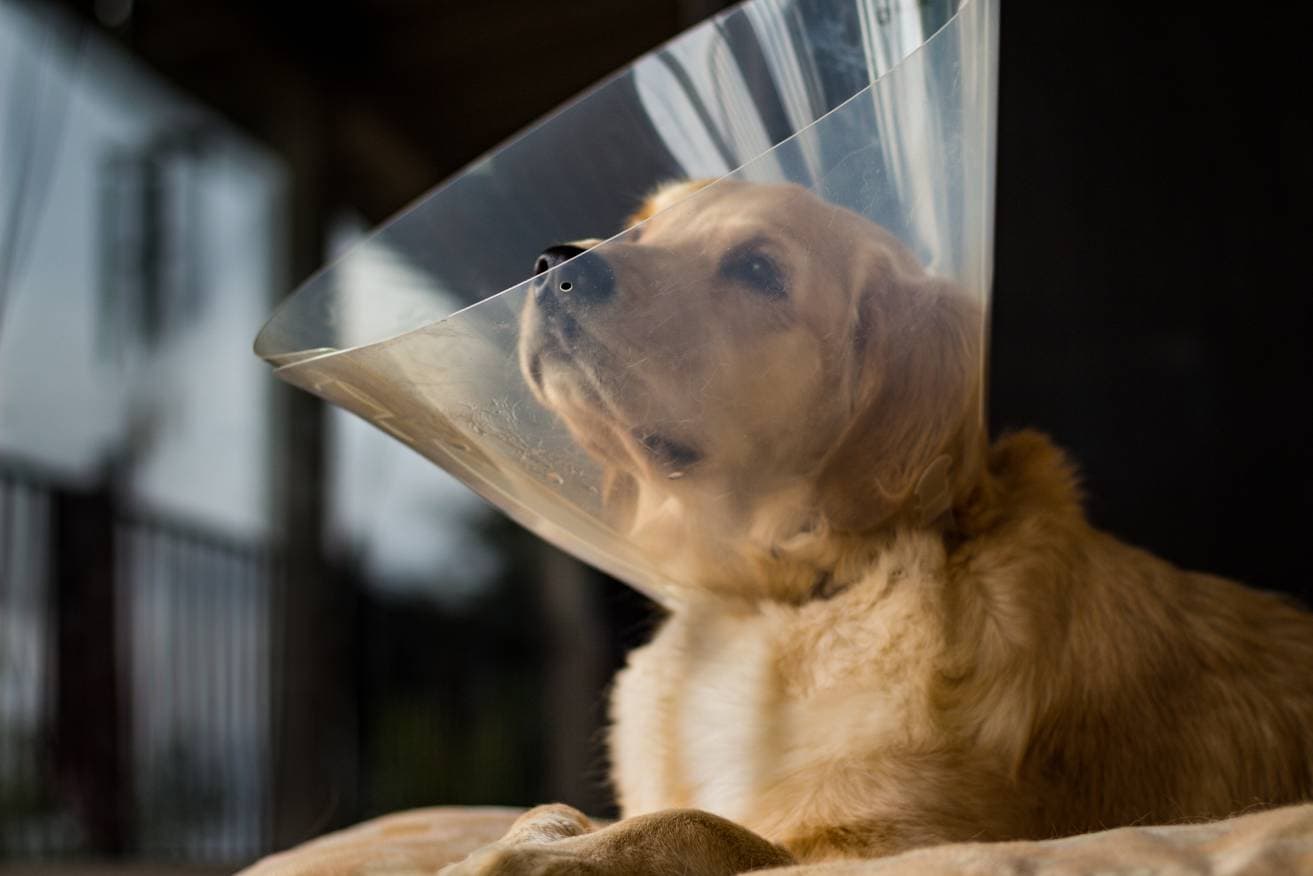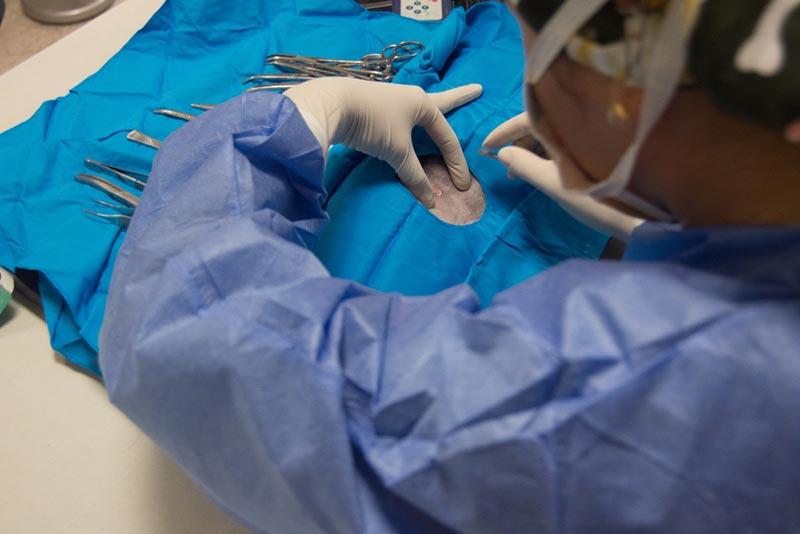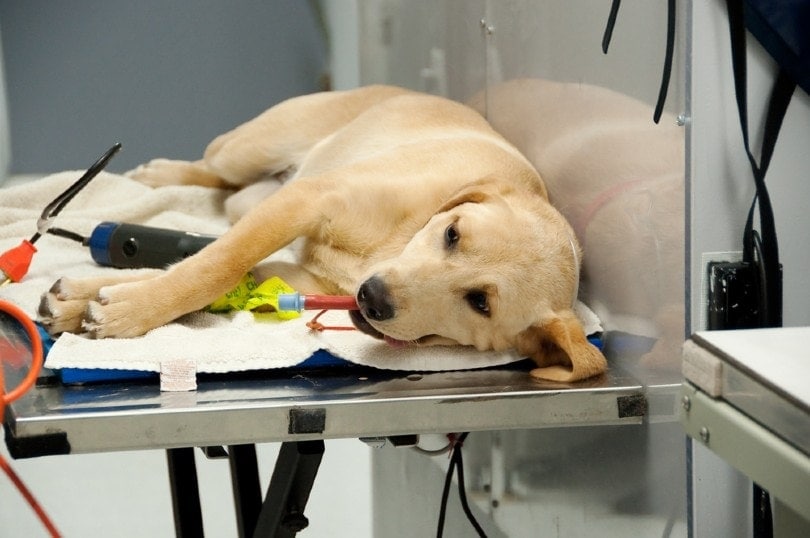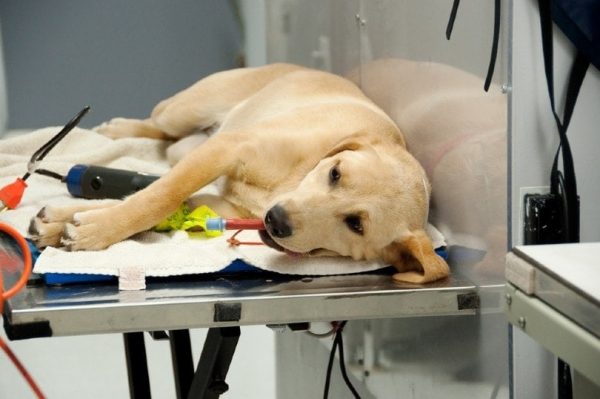Spaying and neutering have a laundry list of benefits that definitely outweigh any negatives. So, for many pet parents, it’s not a matter of ‘if’ but ‘when.’
There can be some conflicting information on the subject, but we’ll try to clarify things. We just want to remind you that this is no replacement for veterinary advice, so always check with your veterinarian, as they have first-hand experience with your animal. But in general, most dogs will benefit from spaying or neutering by 6 months of age. We’ll look at why, so read on.
The Basics of Spay and Neuter Surgery Timing
It has often been common practice for dogs to get fixed between four and six months of age. Only in recent years have studies shown that this practice isn’t necessarily the best one to keep. For example, very large breeds tend to mature slower. Many vets therefore recommend waiting until these dogs are more mature before going under the knife.
However, it remains that to reduce the risk of cancer in female dogs, spaying before their first heat significantly reduces their risk of certain cancers, so that is another important factor to consider.
Concurrently, many shelters and rescues spay or neuter before adoption, sometimes at the age of three or four months. In large part, this is to combat homelessness and to ensure no breeding can occur.

The Importance of Spay or Neuter Surgery
Dogs are indeed man’s best friend. But another hard reality is that while there are more than enough dogs to go around, warming homes all over the globe, there are not enough families willing to take care of them.
According to the American Kennel Club, an estimated 6.5 million animals enter shelters in the United States every year. Out of this astronomical number, over 1.5 million of those animals are euthanized.
To combat unnecessary homelessness and shelter overload, getting your pet spayed and neutered is an important way to ensure you help prevent pet overpopulation.
Health Issues That are Lessened by Spaying or Neutering
On top of reducing homeless pets and unwanted sexual behavior, sexually altering your canine will reduce their risk for specific health issues that can be pretty problematic.
Unaltered Female Health Risks
Very specific female illnesses are reduced or prevented through spaying. This can have a direct impact on your dog’s quality of life, as well as their lifespan.
Mammary Tumors
First, it reduces the risk of mammary tumors, one of the leading malignant tumors in female dogs. These tumors typically don’t form until later years, 10 to 11 on average. Almost half of all cases are malignant, and it can be a challenging medical condition to treat.
It’s important to mention that spaying doesn’t eliminate the risk of mammary tumor formation. However, it dramatically reduces the possibility. It is also important that to know that timing of a spay is important- only when done before the first or second heat cycle does it have a positive impact- and it is greater if done before the first heat cycle.
Pyometra

Less well-known, spaying also prevents an issue called pyometra, an infection of the uterus. This infection can cause severe illness in dogs, and even be life-threatening. Often, surgery is required to treat the condition.
Unaltered Male Health Risks
Intact males are also not without risk. They have their own potential issues stemming from being intact.
Prostate disease
Intact males have a much higher chance of developing prostate issues which can include and enlarged prostate, cancer, or inflammation. . This can lead to difficulty urinating, and in passing bowel movements. Prostate cancer can also spread to other parts of the body, such as the bones.
This issue usually shows up later in life, affecting dogs that are in the second half of their life.
Testicular Cancer

Intact males are also at risk of developing testicular cancer. Neutering completely prevents this risk, as the testicles are removed during the surgery.
Conclusion
Work with your vet to determine the positives and negatives for timing your dog’s spaying or neutering. The right time will vary depending on the factors we discussed previously—including age, overall health, and breed size. This surgery is very beneficial in many ways, but surgery always carries some risks.
Featured Image Credit: aspen rock, Shutterstock












